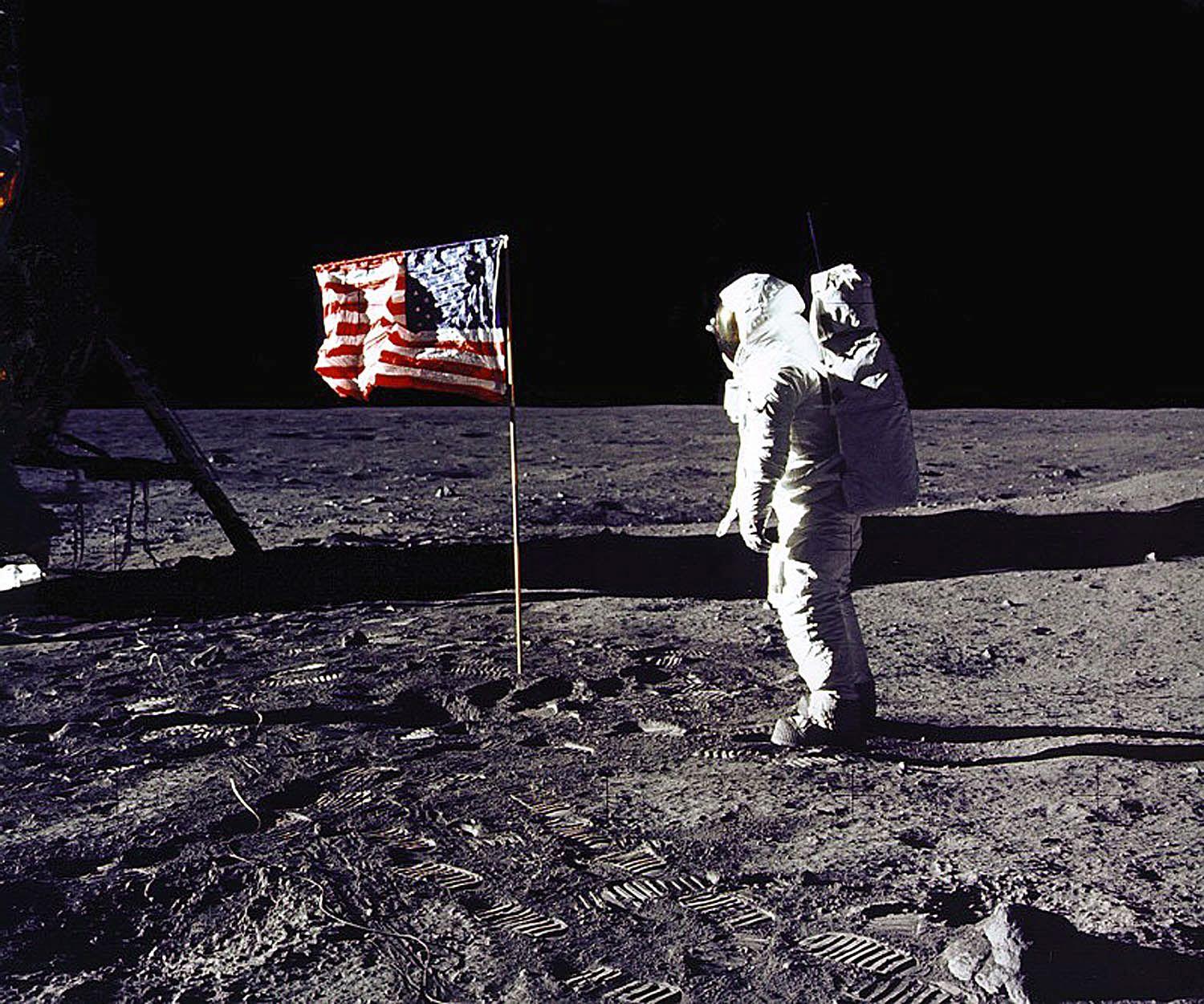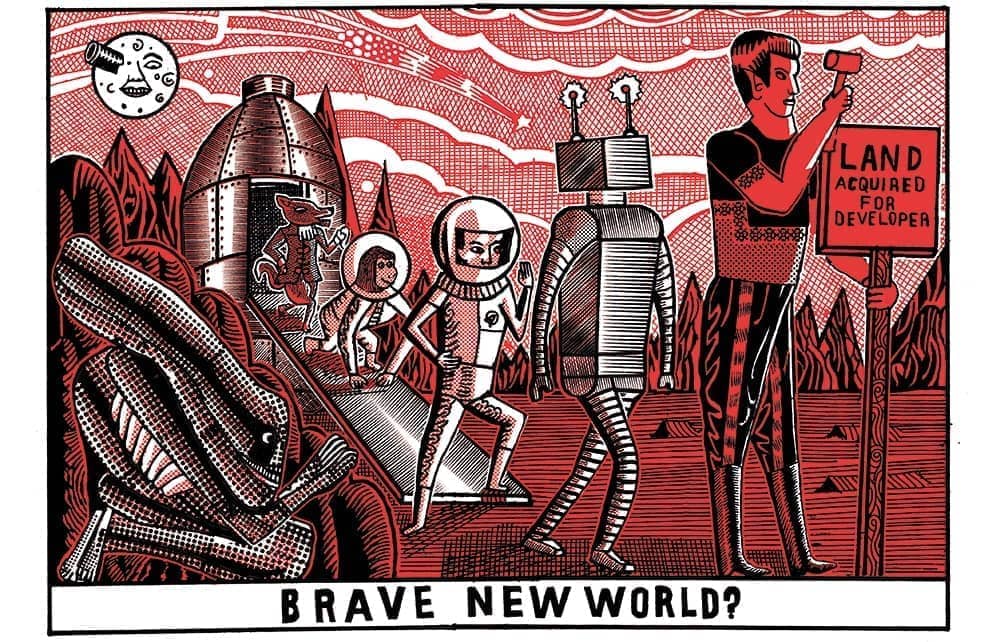I’m old enough to have viewed the grainy TV images of the first Moon landings by Apollo 11 in 1969. I can never look at the Moon without recalling Neil Armstrong’s ‘One small step for a man; one giant leap for mankind’. It seems even more heroic in retrospect, considering how they depended on primitive computing and untested equipment.

Once the race to the Moon was won, there was no motivation for continuing with the space race and the gargantuan costs involved. No human since 1972 has travelled more than a few hundred miles from the Earth. Hundreds have ventured into space, but they have done no more than circle the Earth in low orbit. In the mid-1960s, Nasa absorbed 4 per cent of the US federal budget; today it’s 0.6 per cent. If that momentum had been maintained, there would surely be footprints on Mars by now.







Comments
Join the debate for just $5 for 3 months
Be part of the conversation with other Spectator readers by getting your first three months for $5.
UNLOCK ACCESS Just $5 for 3 monthsAlready a subscriber? Log in